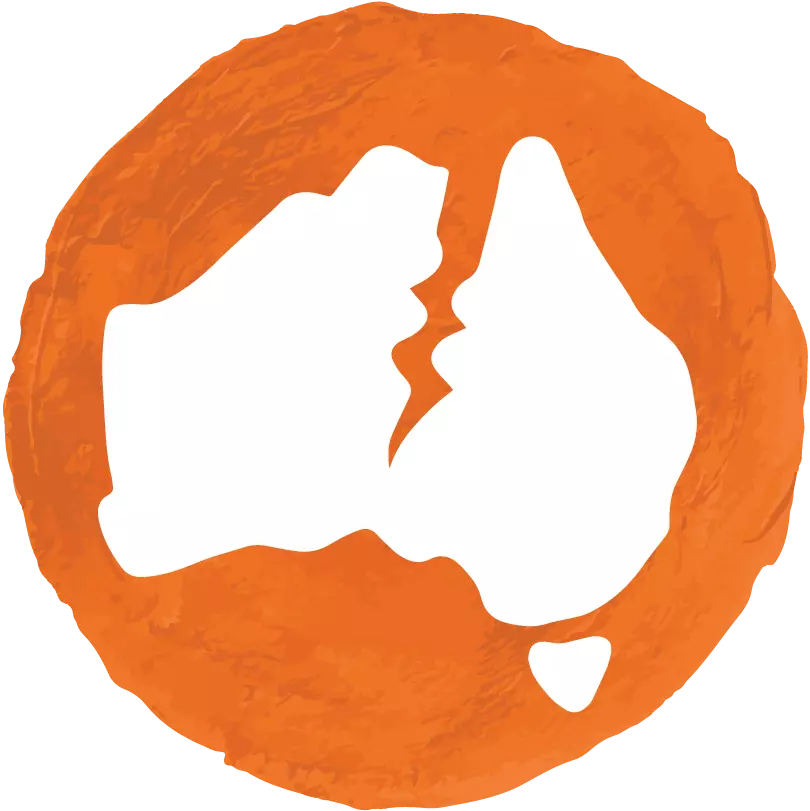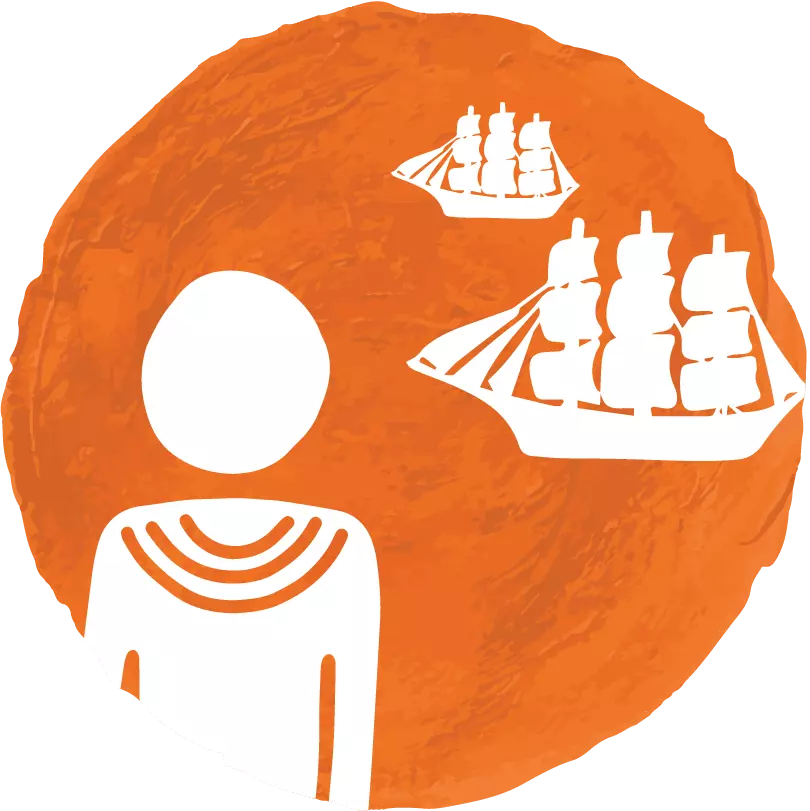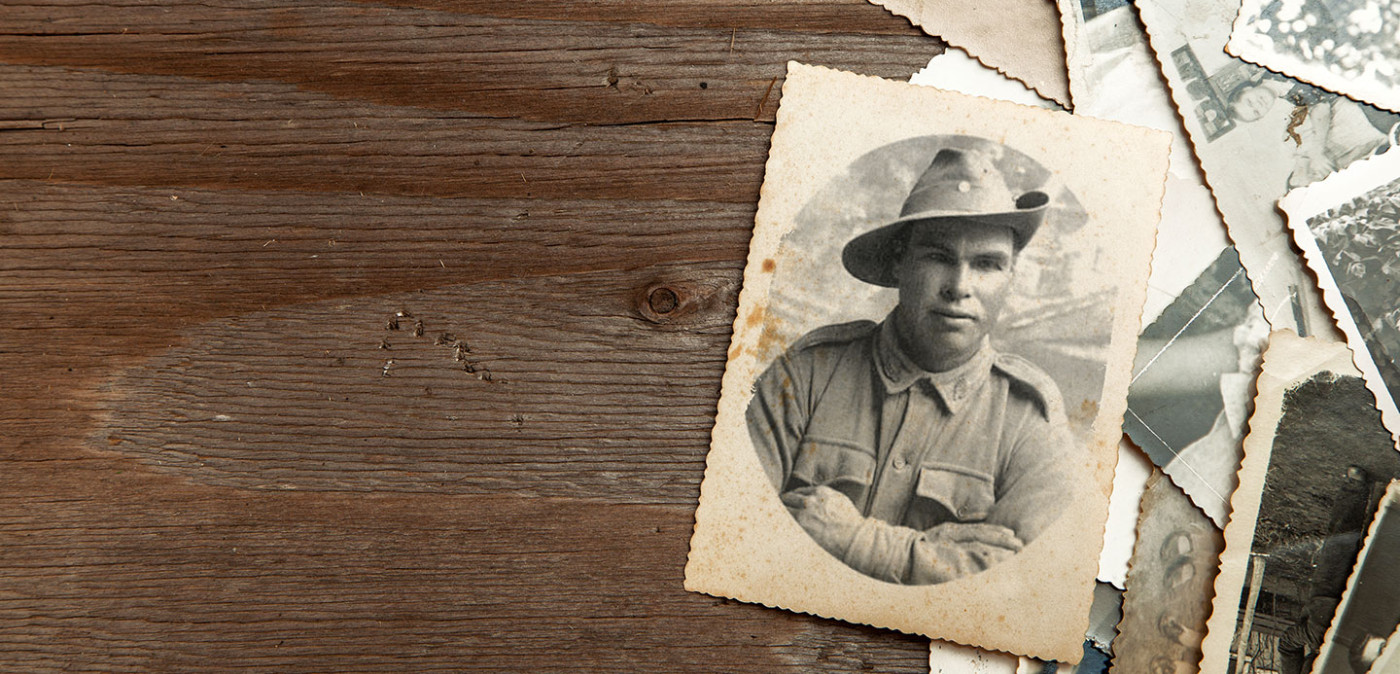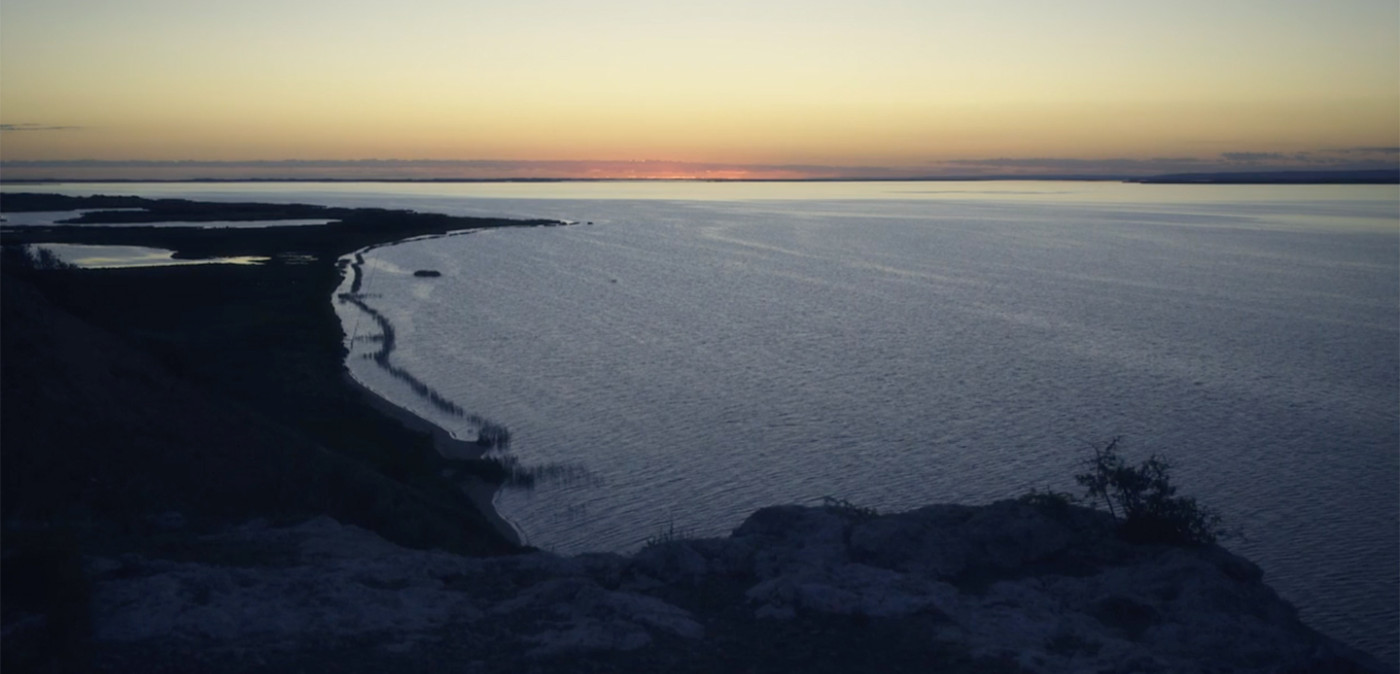Anzac Day, 25 April, is an important day for all Australians when we remember the sacrifice and contribution made defending Australia throughout history and today.
First Nations men and women have served in all wars to defend this country. Conflicts, battles and wars have been fought between Aboriginal and Torres Strait Islander people, including their neighbours, prior to British colonisation in 1788. Countless murders, massacres and organised conflicts have occurred between First Nations people and British soldiers, police and colonisers in what's known as the Frontier Wars. Yet despite the bloodshed of the frontier conflicts and being officially restricted from service under discriminatory policies for much of the 20th century, Aboriginal and Torres Strait Islander people have fought in all peacekeeping operations and missions for the Commonwealth, from the Boer War (1899–1902) to ongoing conflicts abroad today.
Up to 1,300 Aboriginal and Torres Strait Islander Soldiers are known to have served in World War I.
World War I (1914–18)
The exact figure of Aboriginal and Torres Strait Islander people who served in World War I is unknown, but it’s said that up to 1,300 First Nations people took up the call to arms and contributed to the war effort between 1914 and 1918 (Bell 2022).
First Nations participation in World War I was limited due to the Defence Act 1909 (Cth), which prevented any man who was ‘not substantially of European origin or descent’ from enlisting in the Australian Imperial Forces (NAA n.d.a). However, some Aboriginal and Torres Strait Islander people were able to join up by claiming other identities or enlisting in places where they weren’t well known. Some military papers noted men to be dark in their complexion or ‘coloured’ (AWM2019). By 1917, the Amendment to Military Orders allowed those who were ‘half-caste’ the opportunity to enlist only if they had one parent of European decent (NMA n.d.b).
First Nations men and women served on all fronts of the Great War (World War I) across Europe and Africa, including approximately 70 known men in the Gallipoli campaign. Aboriginal and Torres Strait Islander people served mostly in the infantry and the Light Horse. Reasons for enlisting vary, but a cultural obligation to protect Country from foreign threats, the incentive of a wage, and an opportunity to experience a greater sense of equality in hopes for it to continue post-war were among them. Several First Nations men have since been recognised for their leadership and courage throughout World War I, and to date, Dharug woman Marion Leane Smith is the only known First Nations woman to serve as a nurse with the British Army (Deadly Story n.d).
World War II (1939–45)
When war broke out in Europe in September 1939, First Nations people were among the first to enlist when Prime Minister Menzies announced Australia would once again answer Britain’s call to arms. Just one day after the Prime Minister’s announcement, 50 Northern Territory First Nations men enlisted for war, and with the relaxing of the enlisting criteria to be more inclusive of First Nations people, it’s estimated that 3,000 Aboriginal and Torres Strait Islander men and women served in all theatres of World War II (DVA 2023). Many men served in infantry and battalions on the land, on horseback, at sea and in the air. Women served in auxiliary forces as clerical staff, health care workers and nurses, cooks, cleaners, drivers and communication operators. Many First Nations people contributed to the war effort on the home front through labour, munitions, the Australian Women’s Land Army, the Northern Territory Special Reconnaissance Unit, The North Australia Observation Unit ‘Nackeroos’ and the Torres Strait Light Infantry Battalion (DVA 2023).
Many Aboriginal and Torres Strait Islander people enlisted in World War II for many of the same reasons they did during World War I: it was hoped First Nations people would be able to have greater access to a decent wage, experience less discrimination, increase their access to education and maintain their cultural responsibility to care for Country. However, during this time in Australia, the lives of First Nations people were dictated by the Protection Policy which restricted the rights, freedoms and movement of Aboriginal and Torres Strait Islander people, and the forced removal of First Nations children from their families. The reality of the home front wasn’t the same as life on the war front for some First Nations people. The opportunity to serve in the Australian Imperial Force gave many Aboriginal and Torres Strait Islander diggers a sense of equality never experienced before. In the trenches, the loyalty and courage of the mate beside you was more important than anything else.
Yet, despite risking their lives for Australia throughout both world wars, First Nations people returned home to suffer the same discrimination and prejudice they experienced prior to war. Aboriginal and Torres Strait Islander service personnel were paid less than non-Indigenous Australian soldiers; many returned home to discover their children had been forcibly removed to government institutions under the Protection Act; they were unable to access returned soldiers’ benefit schemes, partake in Anzac Day marches or enjoy a drink with their war mates at Returned Services Leagues clubs. (DVA 2023)
On Anzac Day we remember those throughout history and in living memory for their sacrifice for Australia. It’s important that we commemorate First Nations men and women by learning the history and listening to the stories of Aboriginal and Torres Strait Islander service in all wars and conflicts – especially those who are remembered for their courage, bravery, leadership and sacrifice. Today, Aboriginal and Torres Strait Islander people continue to proudly serve side by side with non-Indigenous service personnel to protect our country.
Over 3,000 Aboriginal and Torres Strait Islander men and women are known to have enlisted in World War II.
Historical Background
〉Australian War Memorial - List of Aboriginal soldiers on Gallipoli
〉A brief history of Indigenous Australians at war - Read more
〉Indigenous soldiers thought 'when we got back we'd be treated differently - Read more
〉'They were back to being black': The land withheld from returning Indigenous soldiers - Read more
〉Aboriginal and Torres Strait Islander people have served in the Australian Defence Forces since the 1860s - Read more
〉Connecting Spirits - Ngarrindjeri Soldiers
There are up to 7,000 Aboriginal and Torres Strait Islander veterans and war widows in the Australian community today.
Personal stories
〉Military service - a tradition in Stan Grant's family. The story of Ivan Grant
〉Boy named Anzac follows South Australian family's tradition
〉The story of John Flick who travelled to France to pay his respect to fallen Indigenous soldiers
〉Listen to the stories of current First Nations people in the Australian Defence Force, here
〉Meet the first Indigenous Major in the Australian Army Cadets Northern Territory Battalion, here
〉Anzac Day through the eyes of an Indigenous woman in the defence force - Read more
You may be interested in this ...
Author: Courtney Rubie, Wiradjuri woman in collaboration with Australians Together
Thanks to John Lochowiak for image permission of Private Arthur Thomas Walker.
*The true number of Indigenous people who served in WWI and WWII is likely much higher than reported. Accurate numbers are not known as it wasn't a requirement to declare cultural background when enlisting.
AWM (Australian War Memorial) (20 December 2019) Aboriginal service during the First World War, AWM website, accessed 13 April 2023.
Bell M (5 April 2022) Aboriginal presence on Gallipoli grows, Australian War Memorial website, accessed 13 April 2023.
Deadly Story (n.d.) Aunty Marion Leane Smith, Deadly Story website, accessed 13 April 2023.
DVA (Department of Veterans' Affairs) (2023), Indigenous Australians in service during World War II, DVA Anzac Portal, accessed 13 April 2023.
NAA (National Archives of Australia) (n.d.a) ‘Exemptions from personal service’ – Defence Act 1909, NAA website, accessed 13 April 2023.
NAA (National Archives of Australia) (n.d.b) Amendment to Military Orders allowing ‘half-casts’ to enlist, NAA website, accessed 13 April 2023
NMA (National Museum of Australia) Defining Moments: Aborigines Protection Act, NMA website, accessed 13 April 2023.

 The Wound
The Wound
 Our History
Our History
 Why Me?
Why Me?
 Our Cultures
Our Cultures
 My Response
My Response








